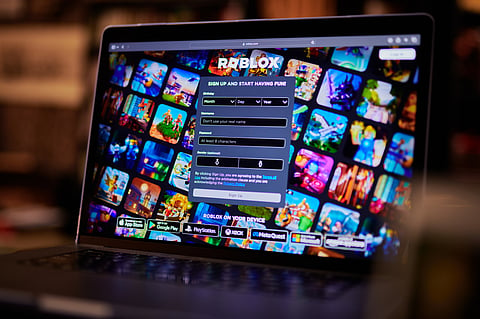Roblox to require age verification for every user’s chat access in January
From January worldwide, Roblox demands age check to limit chats between kids and adults

Roblox, the hugely popular online platform known for user-generated games and social interaction, is imposing a sweeping new requirement: beginning early January 2026, all users who wish to access chat features must complete an age-check process.
The initiative follows mounting pressure from authorities and parents: the company has faced lawsuits and regulatory scrutiny in the US and elsewhere over child-safety concerns.
As of December 2025, the age-check system will go live in select markets (Australia, New Zealand, Netherlands), and from January the measure will expand globally wherever chat is available.
Users will complete a facial age-estimation or ID verification via a selfie or video prompt, processed by vendor Persona, and then be placed into one of six age brackets: under 9, 9-12, 13-15, 16-17, 18-20, 21 plus.
Once grouped, chat access is limited: for example, a 12-year-old may be allowed to chat only with users aged 15 or younger; an 18-year-old might chat with users 16+ or younger only if designated as a 'Trusted Connection'.
Roblox emphasises that the camera images/videos will be deleted after processing.
Yet the move raises privacy and implementation questions. The age-estimation technology is less reliable at the extremes of age ranges, as noted by experts.
The broader context: Roblox has previously rolled out age-estimation and verification tools (e.g., earlier in 2025 for teens and trusted connections).
For creators, players and parents, the change signals a shift: chat features will no longer be uniformly available, and users may need to verify their age before fully engaging socially. Roblox aims to make its platform safer for younger users, and to show regulators that it is responding. But some critics argue the technology may misclassify users or create friction.
In sum, Roblox’s upcoming age-check requirement marks a milestone in how online gaming platforms attempt to safeguard minors, enforce age-appropriate interaction, and respond to legal and reputational risks. Whether the system will seamlessly balance safety, privacy and user experience remains to be seen.
Sign up for the Daily Briefing
Get the latest news and updates straight to your inbox






